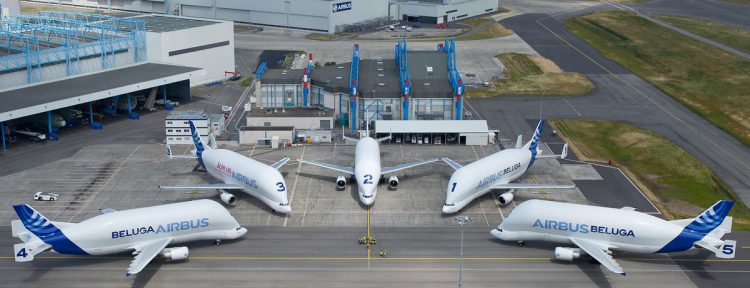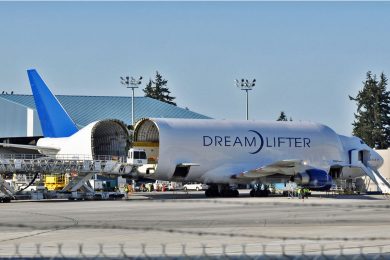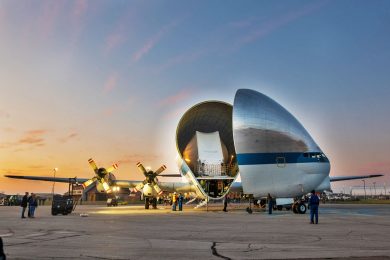A new freighter giant has just started its work. Airbus announced Monday that BelugaXL is already in service, joining BelugaST in the task of transporting components such as wings and fuselages between planemaker assembly lines.
More capable than its predecessor, the BelugaXL can carry two sets of A350XWB wings instead of one thanks to its larger dimensions. Based on the A330-200, the new freighter has the largest cross section in the world and can carry 51 tons over distances of up to 4,000 km, a performance 30% better than BelugaST, which is based on the A300 model.
The first service flight took place on January 9, taking off from Toulouse, France and landing in Bremen, Germany. Airbus plans to assemble six new BelugaXL units, which will be delivered by 2023 and will work alongside the predecessor, of which five aircraft were manufactured in the 1990s. Their mission is to serve the manufacturer’s eleven production points in Europe, but not at plants. in the American continent.

Transporting rockets
The idea of building the cargo jets came after the company decided to implement a decentralized production line in which its partners manufacture parts in different countries. To unite these parts, Airbus acquired the Boeing 377-based Super Guppy turboprop aircraft in the 1960s.
Adapted by the American company Aero Spacelines, the turboprop was used to transport parts of NASA’s Gemini and Apollo rockets, which needed these huge stages to be carried quickly across the country.
In the early 1970s, Airbus saw in the capacity of these aircraft the opportunity to take parts of its first jet, the A300, across the European continent. Two copies were purchased and later the manufacturer took over the production rights of the aircraft and assembled two more Super Guppy. They were used until the 1990s when Airbus introduced the first Beluga.
Later, Boeing itself embraced the concept of fuselage and wing transportation and created the Dreamlifter, a larger 747-400 with a movable tail to carry parts of aircraft like 787.
Interestingly, a Super Guppy still remains operational with NASA. The US space agency has been transporting parts of new spacecraft and rockets such as the Orion capsule, which is expected to take humans back to the moon soon.




